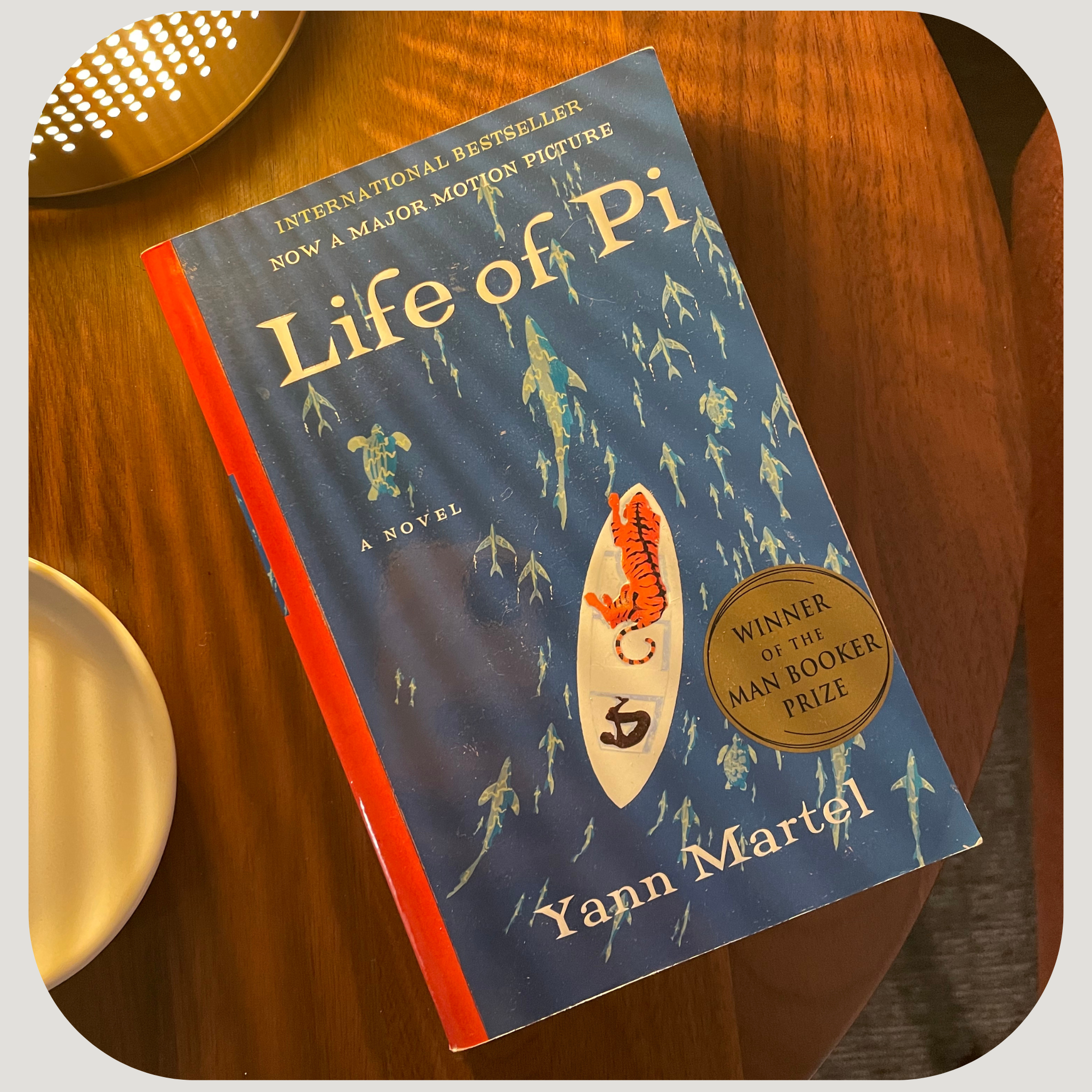What the Stories We Tell Reveal About Our Truth
Spoiler warning: This post discusses major plot points from the book.
Yann Martel’s Life of Pi is one of my favorite books of all time. On the surface, it’s a breathtaking story of tragedy and survival: a young boy adrift at sea with a tiger and a collection of other animals. As a casual read, it’s an unforgettable adventure. But for me, the true impact of the novel lies in what happens when Martel offers the reader an alternative version of events: a story stripped of animals and filled instead with people, turning the entire narrative into allegory.
This duality left me asking an important question: what do our stories really mean? In therapy, I often think about this when clients share their experiences. Sometimes their stories are full of dramatic detail, flourishes, or emotional exaggeration—and I’ve learned that it doesn’t always matter whether every detail is “real” or not. What matters is the meaning behind the story: the symbols, the emphasis, and even the dramatics all tell me something about who they are and how they experience the world.
“That’s what fiction is about, isn’t it, the selective transforming of reality? The twisting of it to bring out its essence?”
Martel reminds us that truth isn’t always about factual accuracy—it’s about resonance, the meaning that sits underneath the words. Just like Pi’s choice of which version of his story to tell, we all shape our own narratives in ways that help us survive, connect, or make sense of our lives.
For me, Life of Pi is less about survival at sea and more about survival through storytelling. It’s a reminder that stories (whether factual, allegorical, or somewhere in between) carry power, and that listening deeply means looking beyond the details to the human truth within them.
When I sit with clients, I’ve learned that the “truth” of their stories often lies beneath the details. Whether they include dramatics, symbolism, or even contradictions, the meaning of the story is what matters most. Like Pi’s tale, the story may have multiple versions, but both reveal something important about the storyteller. My role is not to fact-check—it’s to listen, validate, and understand what the story communicates about their pain, resilience, and hope.
That’s what Life of Pi affirmed for me: stories are not just about what happened, but about what it means to the person telling it - and that’s where understanding begins.

